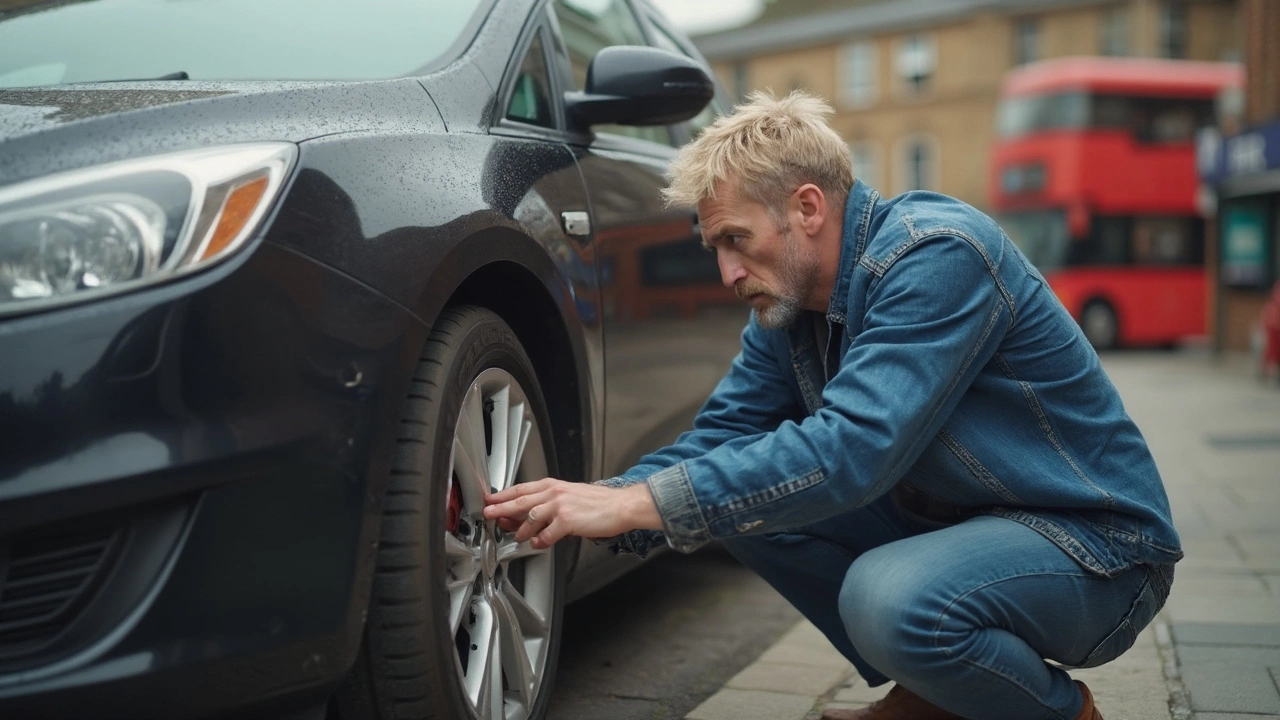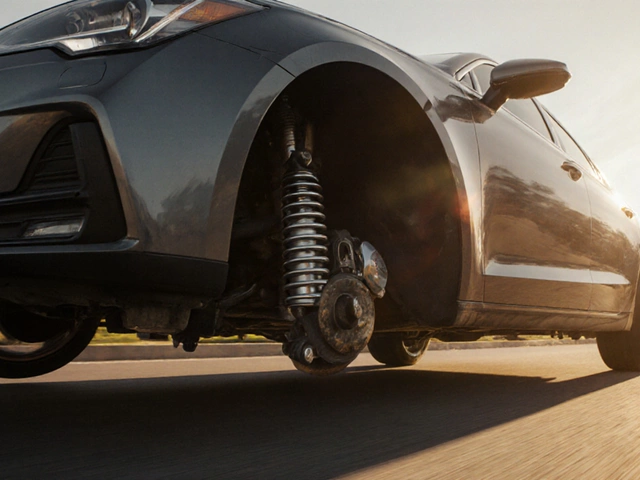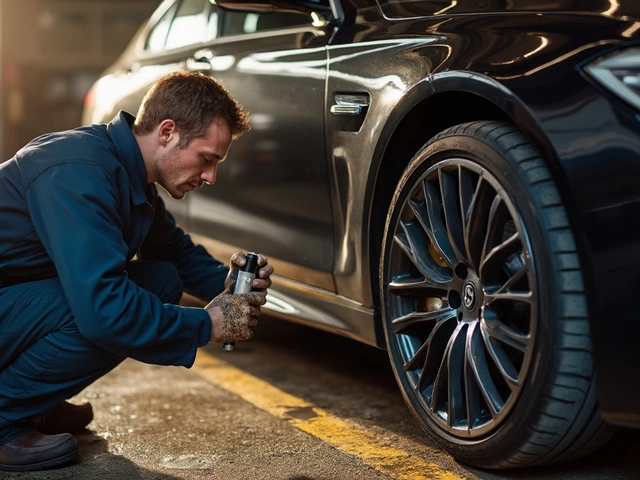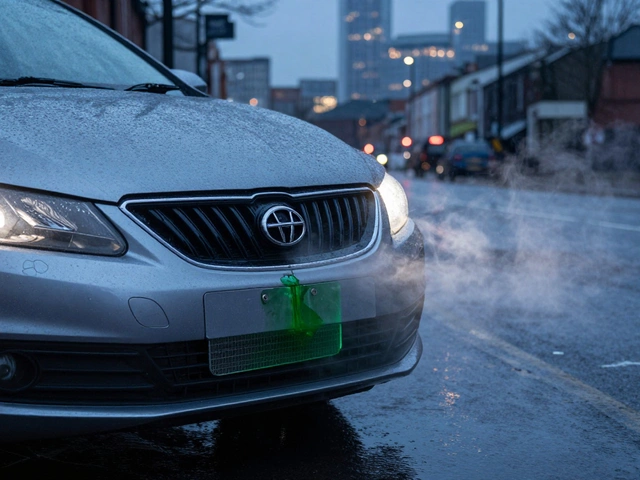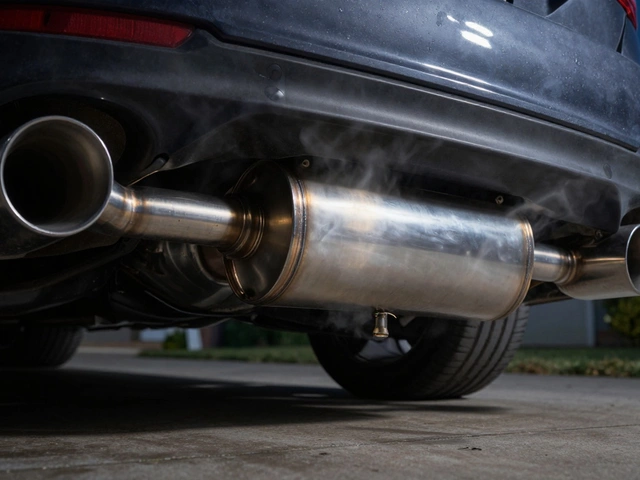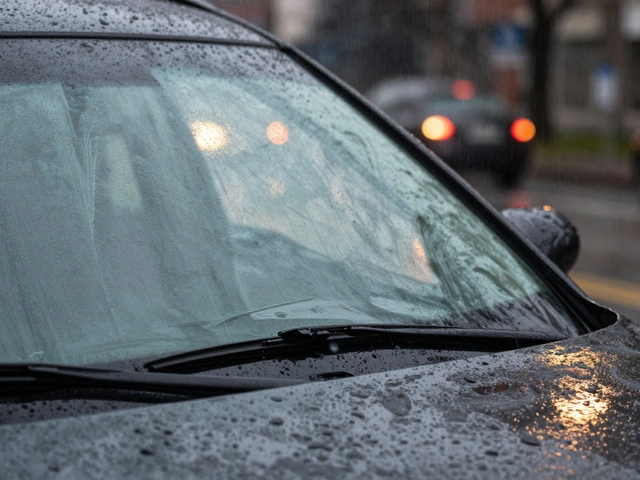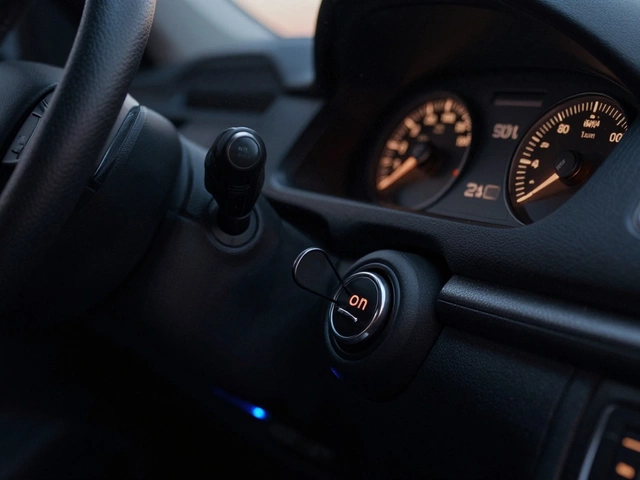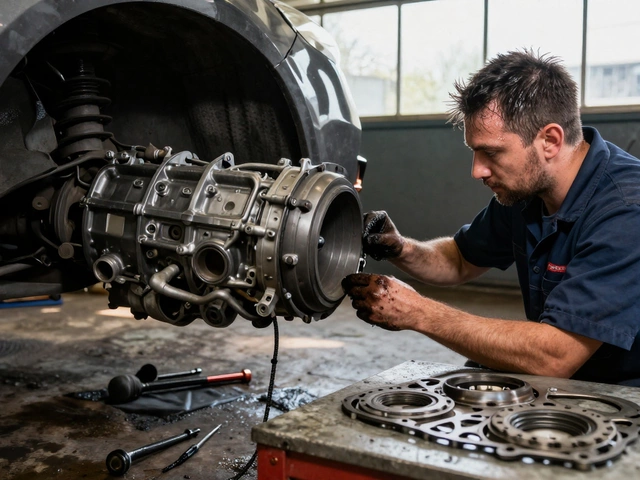Ever had that nagging worry about your brakes not feeling quite right, but shrugged it off because you needed to get somewhere? You’re not alone. Driving on worn brake pads is way more common than you’d think, but just because people do it, doesn’t mean it’s safe—or smart.
Your car’s brake pads do the heavy lifting every time you stop. When they’re worn out, your braking power drops, and you could be rolling the dice on your safety. Sometimes, you won’t even notice there’s a problem until your stops get longer, your brake pedal feels squishier, or you start hearing that nasty grinding noise coming from your wheels.
Let’s cut through the panic and talk facts. There are a few signs your brake pads are telling you they’ve had enough, and there are clear ways to handle it without putting yourself—or anyone else—at risk. Before you plan that road trip or just try to make it to work on a wing and a prayer, here’s what you actually need to know about driving with worn brake pads.
- How Brake Pads Actually Work
- What Happens When Brake Pads Are Worn
- Warning Signs You Can’t Ignore
- How Far Can You Really Push It?
- What to Do If You’re in This Situation
How Brake Pads Actually Work
Think of your brake pads as the main part standing between you and disaster when you step on the brakes. They’re not just a piece of car tech—they’re the part that uses friction to help your car stop when you want it to. Here’s how it breaks down:
- You press the brake pedal.
- This triggers hydraulic fluid in your brake lines.
- The hydraulic force pushes calipers that clamp your brake pads onto your wheel’s brake discs (also called rotors).
- The friction between the brake pads and the rotors slows down and eventually stops your car.
When new, brake pads are usually around 10-12 mm thick, made from a mix of metal, composite, or ceramic materials. As you drive and use your brakes, the pads wear down—a little bit every time you stop. Once they get too thin (about 3 mm or less), their power to slow you down drops fast.
Check this out for a quick look at average lifespans and pad thickness:
| Pad Thickness | Status | Recommended Action |
|---|---|---|
| 10-12 mm | New | No action needed |
| 5-6 mm | Used | Monitor regularly |
| 3 mm or less | Worn | Replace now |
Most folks get between 30,000 and 70,000 miles out of a set of pads, but if you drive in a city with heavy stop-and-go traffic, you’ll be on the lower end. The most important thing: if you push your brake pads past their limit, they're not going to protect you. It’s a gamble that doesn’t pay off.
What Happens When Brake Pads Are Worn
When your brake pads are worn, things start to go downhill fast. First, every stop demands more distance. That’s because there’s less of that friction material left to grip the rotor, so your car doesn’t slow down as quickly as it should. Slamming on the brakes in a panic? Get ready for a close call.
Once the pads get thin, the metal behind them can hit the brake rotor directly. That’s never good. You’ll hear a squealing or grinding sound which basically means, “Hey, your brake pads are toast!” At that point, every stop is chewing up your rotors, leading to way bigger repair bills down the line.
But worn pads don’t just mess up your stopping power. They also mess with your whole braking system. Rotors can warp from all the heat and friction, meaning you could feel vibrations, hear weird noises, or get a spongy brake pedal. In the most extreme situation, the brakes can fail completely—yes, actually stop working—especially if the hydraulic system is affected by the heat or loss of braking surface.
Here's what usually happens step-by-step when pads are past their prime:
- Stopping takes longer and you need more space to come to a halt.
- The brake pedal might feel soft or go closer to the floor.
- You’ll probably notice weird noises—squealing at first, then grinding if things get worse.
- The car might even pull to one side or vibrate when you press the brakes.
- Continuing to drive leads to damaged rotors and maybe a much bigger repair bill.
It’s not dramatic to say that worn-out pads make every drive a little riskier. Not fixing them quickly isn’t just rough on your car—it can easily put other people at risk, too.
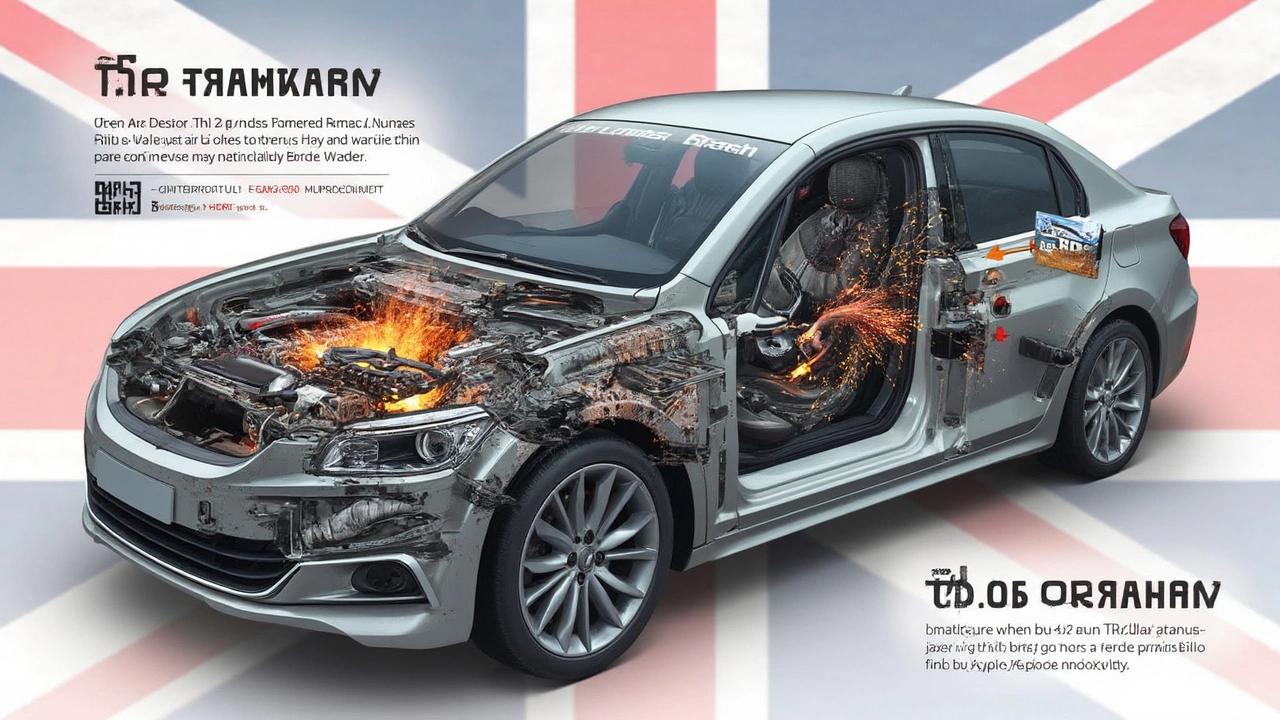
Warning Signs You Can’t Ignore
Your car usually gives you a heads up before brake pads go totally shot. Ignoring these signals doesn’t just mess up your wallet with bigger repair bills—it can put you and others in real danger.
So, what should you actually look out for? Here are the classic warning signs your brake pads need attention:
- Screeching or squealing sounds: Most modern brake pads have little metal wear indicators that purposely make a high-pitched noise when the pad gets low. Hear it? That’s your cue.
- Grinding when you brake: That rough, bad sound means the pads are probably gone, and now metal is pressing against your rotors. Not only is this dangerous, but it can mean an expensive repair. Don’t push your luck if you get to this point.
- Longer stopping distances: If your car isn’t slowing down as fast as it used to, it’s a huge red flag. You might not even notice right away, but a quick test in an empty parking lot can tell you a lot.
- Brake warning light: Some cars are smart enough to tell you on the dash that something’s up. Never ignore warning lights—it’s not just a suggestion.
- Vibration or pulsing: If your brake pedal or steering wheel shimmies when you hit the brakes, your pads (or even rotors) could be worn or warped.
The hard truth? Stats from auto repair shops show that worn-out brake pads account for up to 30% of all brake-related repairs in the US every year. That’s a ton of ignored warning signs and a lot of risk on the road.
| Symptom | What It Usually Means | Action Needed |
|---|---|---|
| Screeching/Squealing | Wear indicators exposed | Check/replace pads soon |
| Grinding Noise | Pads totally worn; rotor damage | Stop driving, replace immediately |
| Longer Stops | Brake pad thinning out | Inspect ASAP |
| Brake Light On | System detecting issue | Diagnostics and repair |
| Vibration | Possible uneven wear | Check pads and rotors |
Bottom line: If you spot any of these signs, don’t cross your fingers and keep driving. Stay safe by getting your brakes checked—waiting too long always costs more.
How Far Can You Really Push It?
Here’s the blunt truth—there’s no magic number for how many miles you can squeeze out of worn brake pads. Some folks hope they can milk another week or two, but you’re basically gambling with your safety and your wallet. Most auto experts say you shouldn’t drive more than a few hundred miles at most once your warning indicators kick in. If you hear grinding, you’re already pushing it too far.
The real risk? It’s not just slower stopping. Worn pads put a ton of stress on your rotors and calipers—which can add hundreds of bucks to your repair bill. If your pad thickness drops below 3mm, brakes start losing effectiveness fast. But let’s talk about numbers you can actually use.
| Pad Thickness | Stopping Distance (100km/h) | Risk Level |
|---|---|---|
| 8mm (New) | ~130 ft | Safe |
| 3mm | ~150 ft | Warning |
| 1mm (Worn) | 170+ ft | Dangerous |
Here’s the deal: if your brakes are making noise or your dashboard light comes on, get them checked right away. If it feels spongy or you lose stopping power, pull over and call for help. Pushing it can mean expensive repairs or putting your life in danger. Nobody wants to end up stranded—or worse, in a fender bender—just for trying to save a few bucks.
- Never ignore brake pads warning lights.
- Grinding noises aren’t "normal"—that’s metal on metal.
- If you’re unsure, have a mechanic measure pad thickness. Many places do it for free.
The bottom line: driving with worn pads is a short-term fix, not a solution. Don’t play chicken with your brakes.
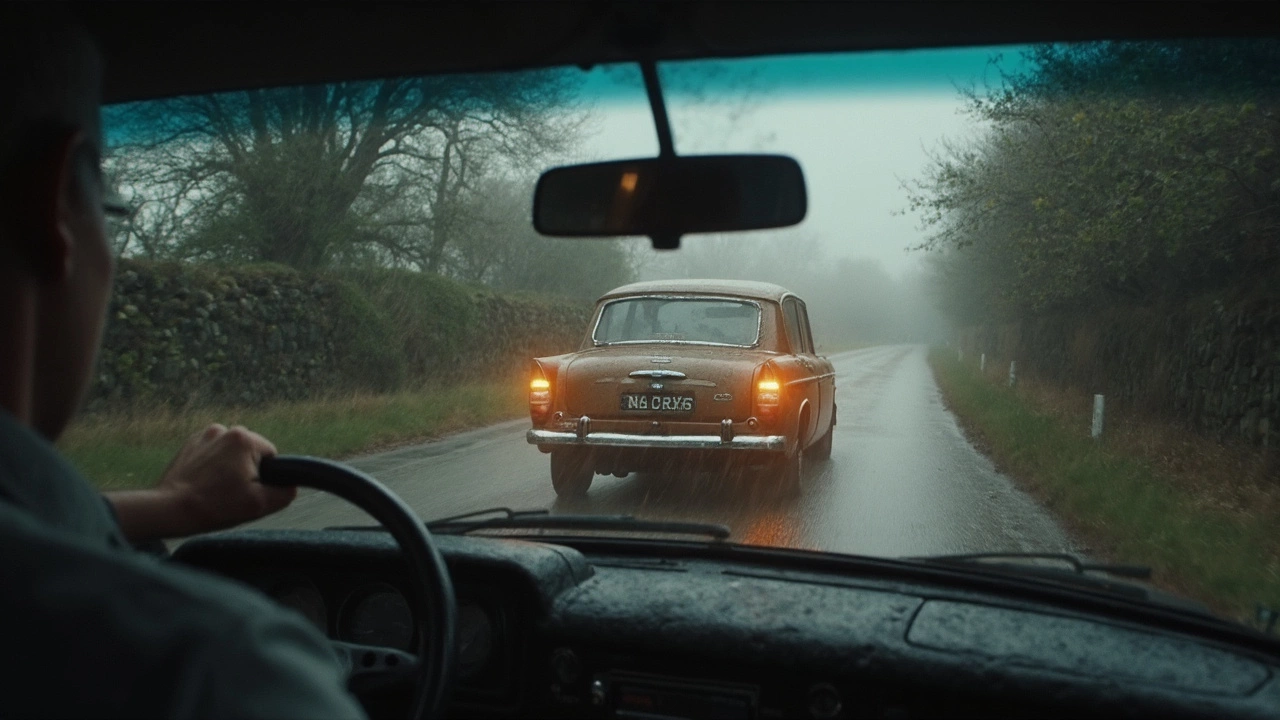
What to Do If You’re in This Situation
The moment you realize your brake pads are shot, your first move has to be clear-headed, not panicked. Don’t ignore it. Worn brake pads mess with your stopping power, big time. So here’s what you need to do, broken down step by step:
- Assess Your Brakes: Pay attention to symptoms—any grinding noise, longer stopping distances, or if your brakes feel mushy or kind of spongy. If things feel really off, it’s better to pull over and check your brakes visually if you feel safe.
- Prioritize Safety: Only drive if you absolutely have to, and keep your speed down. No sudden stops, no tailgating, and give yourself lots of room between your car and the one in front.
- Don’t Wait Too Long: Continuing to drive with worn pads can damage your rotors. A standard brake pad replacement costs around $150 per axle, but once rotors are damaged, repairs can easily jump to $400 or more per axle.
- Call a Pro: Unless you know what you’re doing in your own garage, book a repair with a trusted mechanic. Don’t risk it with DIY unless you’re really confident.
- Plan Ahead: If you’re stuck and need to get somewhere right away, at least limit your trip. Consider catching a ride, rideshare, or public transit.
Just to give you a quick idea of how things can snowball, here’s a breakdown of what you might pay if you wait too long to get those pads changed:
| Repair | Average Cost (USD) |
|---|---|
| Brake pad replacement | $100 - $200 |
| Brake pad & rotor replacement | $350 - $600 |
| Brake caliper replacement (if ignored too long) | $300 - $800 |
If your car is making that telltale grinding sound, that’s usually metal-on-metal action. At this stage, you’re not dealing with just brake pads anymore—your rotors are probably getting chewed up, and if you push it, other brake parts might go too. Not worth the gamble.
Pro tip: Most auto shops can swap your pads in less than an hour. Some even offer same-day appointments. Don’t put it off—your wallet (and your peace of mind) will thank you.
